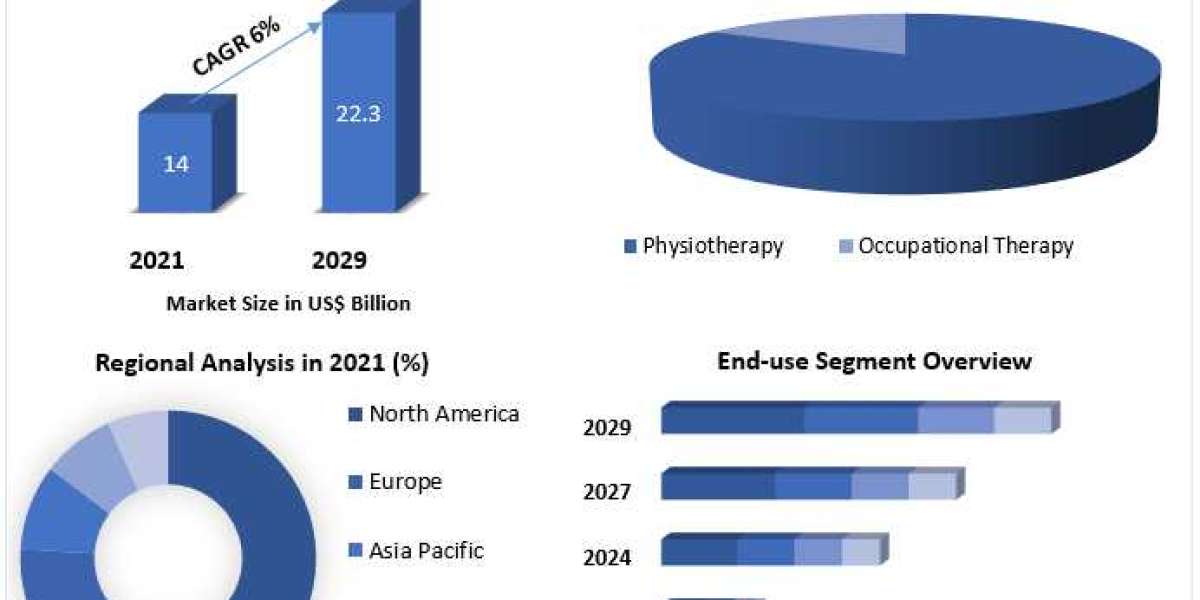In the dynamic world of sports, where every inch gained or lost can make a difference between victory and defeat, the role of analytics has grown exponentially. As we step into 2024, the sports analytics market continues to expand, driven by technological advancements and the insatiable quest for competitive edge.
Technological Innovation Driving Growth
At the heart of the burgeoning sports analytics market lies technological innovation. Advanced data collection methods, such as wearable sensors and high-speed cameras, have revolutionized how teams and athletes analyze their performance. These technologies not only track basic metrics like speed and distance but also delve into intricate details such as player biomechanics and physiological data.
Machine learning and artificial intelligence (AI) have emerged as game-changers in sports analytics. These technologies sift through vast amounts of data to uncover patterns and insights that were previously inaccessible. From predicting player injuries to optimizing game strategies in real-time, AI algorithms are reshaping the way coaches, analysts, and athletes approach their craft.
Applications Across Various Sports
The adoption of sports analytics is widespread across different sports, ranging from traditional team games like football and basketball to individual pursuits such as tennis and golf. In team sports, analytics help coaches analyze opponents’ strategies, optimize player rotations, and identify tactical weaknesses. For individual athletes, analytics provide personalized training programs based on their performance data, enhancing their overall efficiency and reducing injury risks.
Market Growth and Investment
The sports analytics market is not just growing; it's booming. With a compound annual growth rate projected at over 20%, the market is attracting significant investment from both established sports franchises and tech startups alike. This influx of capital is fueling further innovation, leading to the development of more sophisticated analytics tools and platforms.
Challenges and Opportunities
However, the rapid evolution of sports analytics is not without its challenges. Data privacy concerns, the need for skilled analysts, and the integration of analytics into traditional coaching methods pose significant hurdles. Yet, these challenges also present opportunities for innovation and collaboration between technology firms, sports organizations, and academic institutions.
The Future Outlook
Looking ahead, the future of sports analytics appears promising. As technologies continue to evolve, analytics will become even more integral to the fabric of sports. Real-time insights, predictive analytics, and augmented reality are poised to transform how fans engage with sports and how athletes hone their skills.
For More Info: - https://www.gmiresearch.com/report/sports-analytics-market-analysis-industry-research/
In conclusion, the sports analytics market in 2024 is a vibrant ecosystem driven by innovation and fueled by data. As technologies advance and applications diversify, the impact of analytics on sports performance and strategy will only deepen. Whether you're a fan, athlete, or investor, the world of sports analytics promises exciting developments and new possibilities on the horizon.



